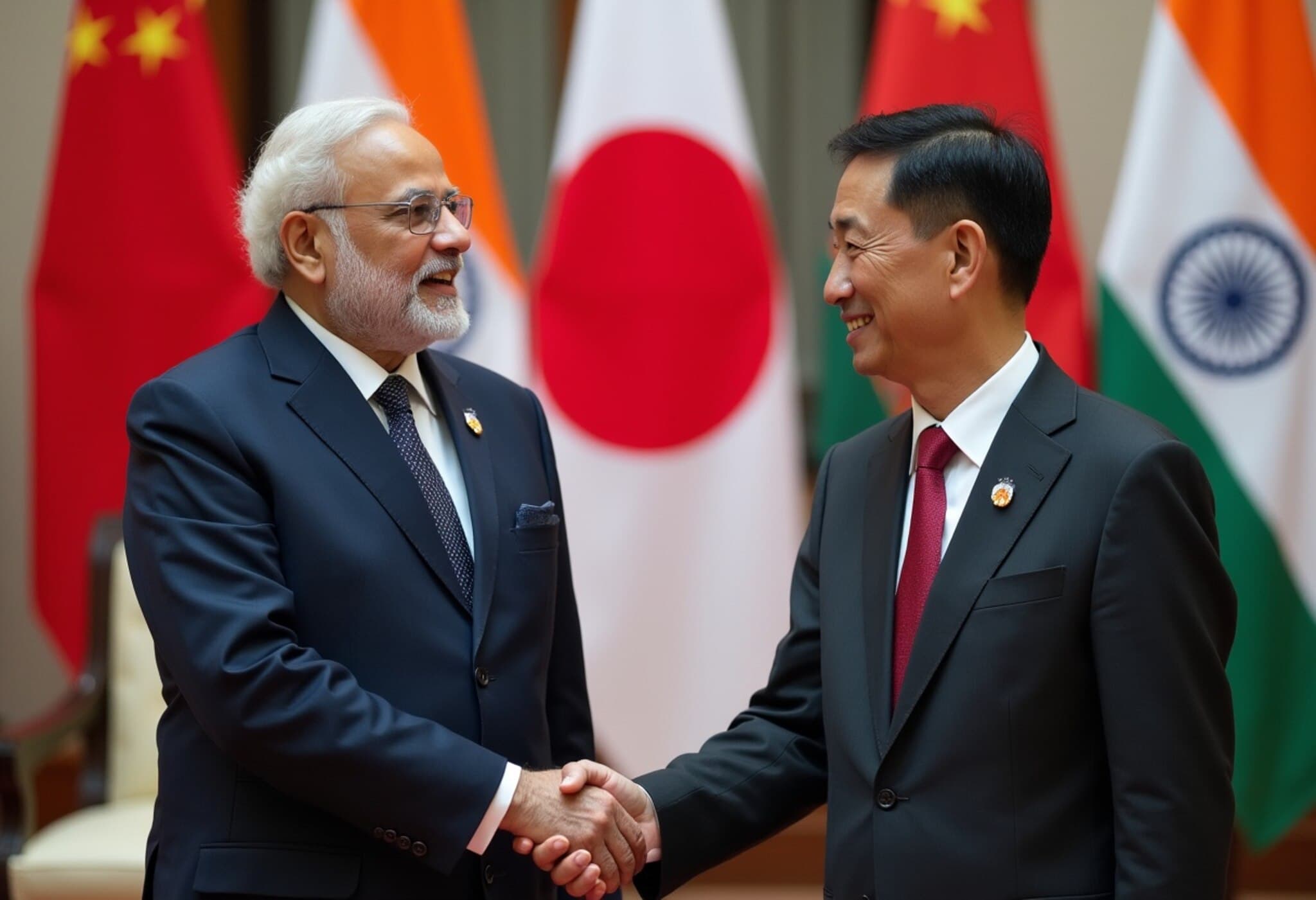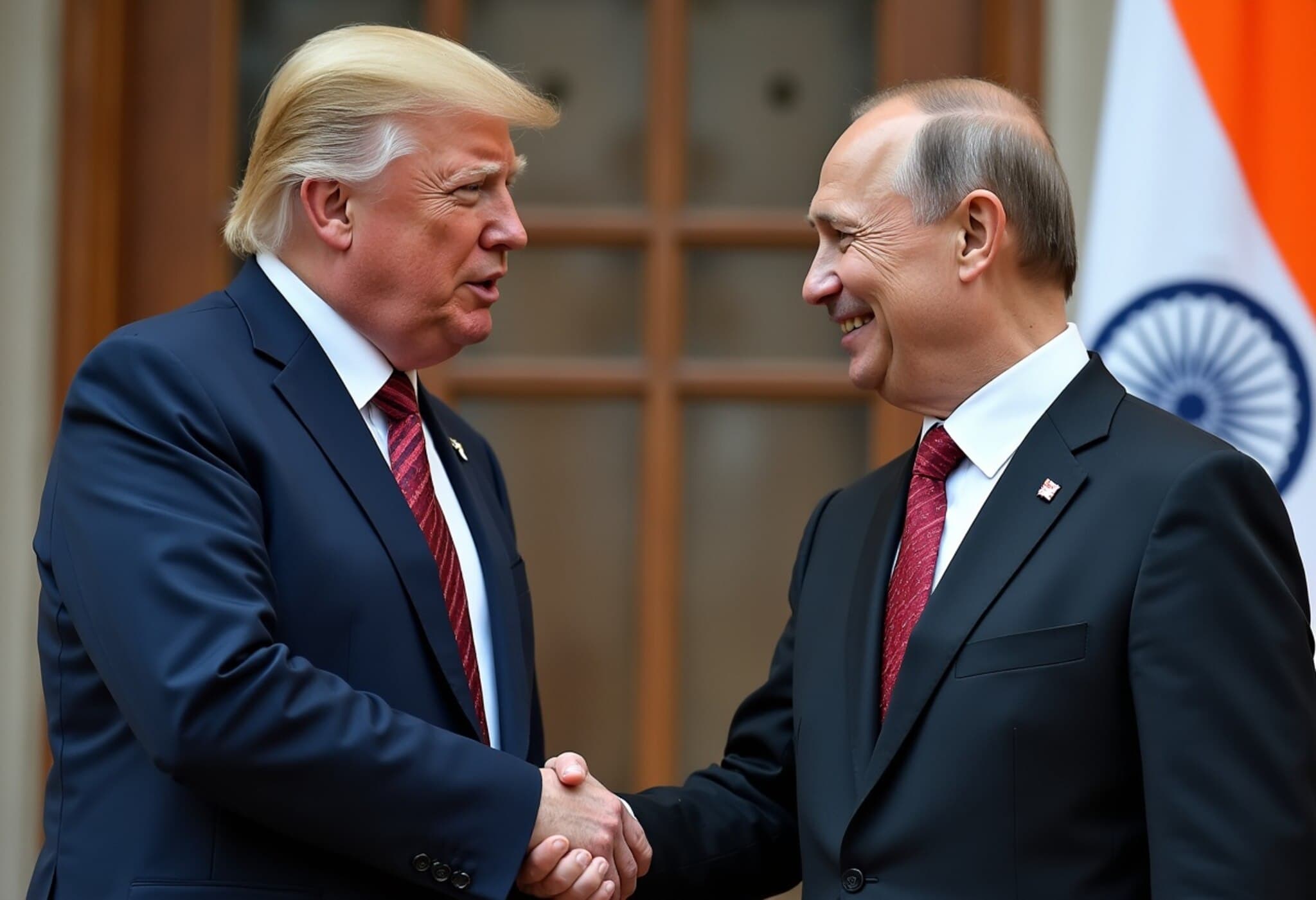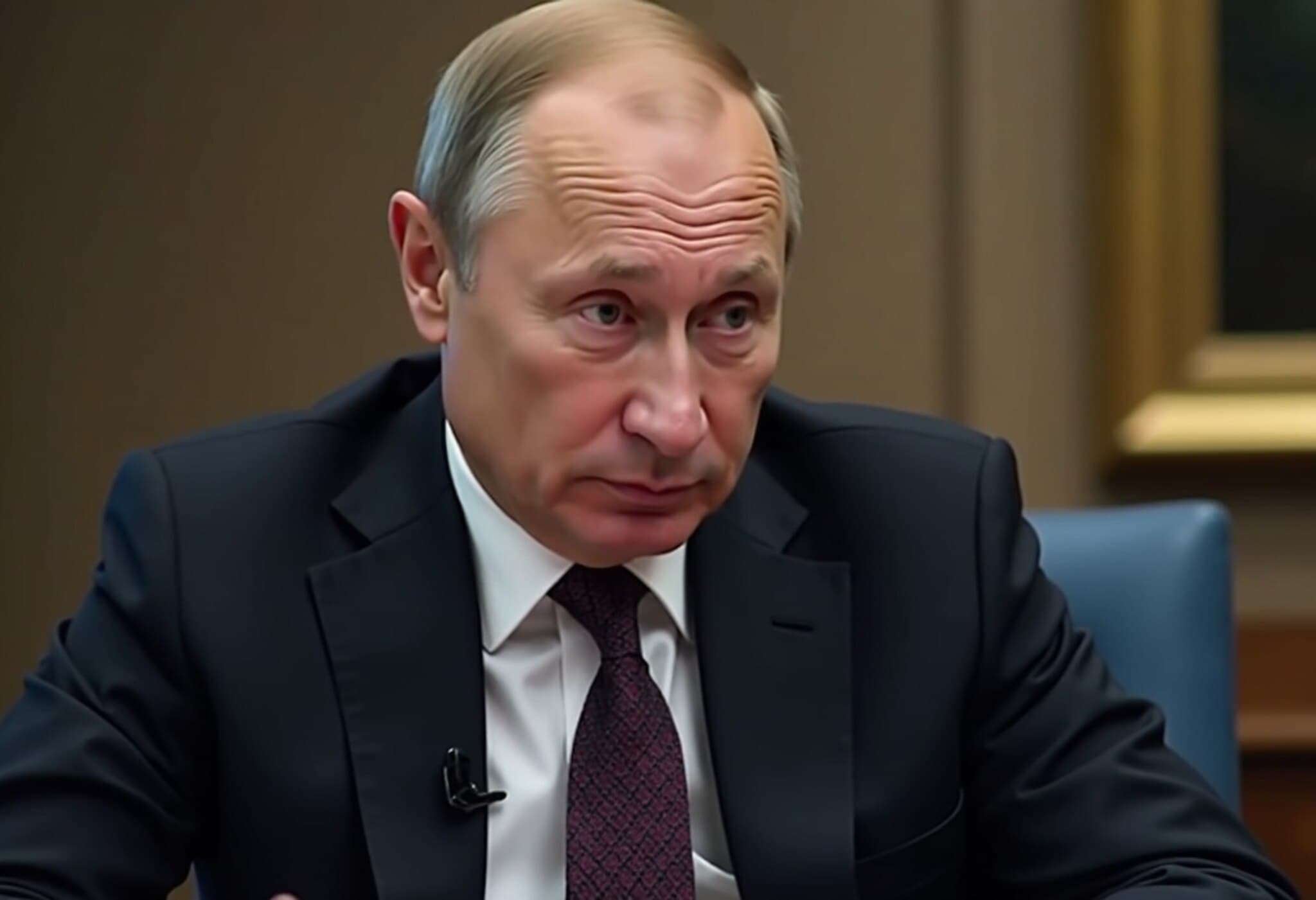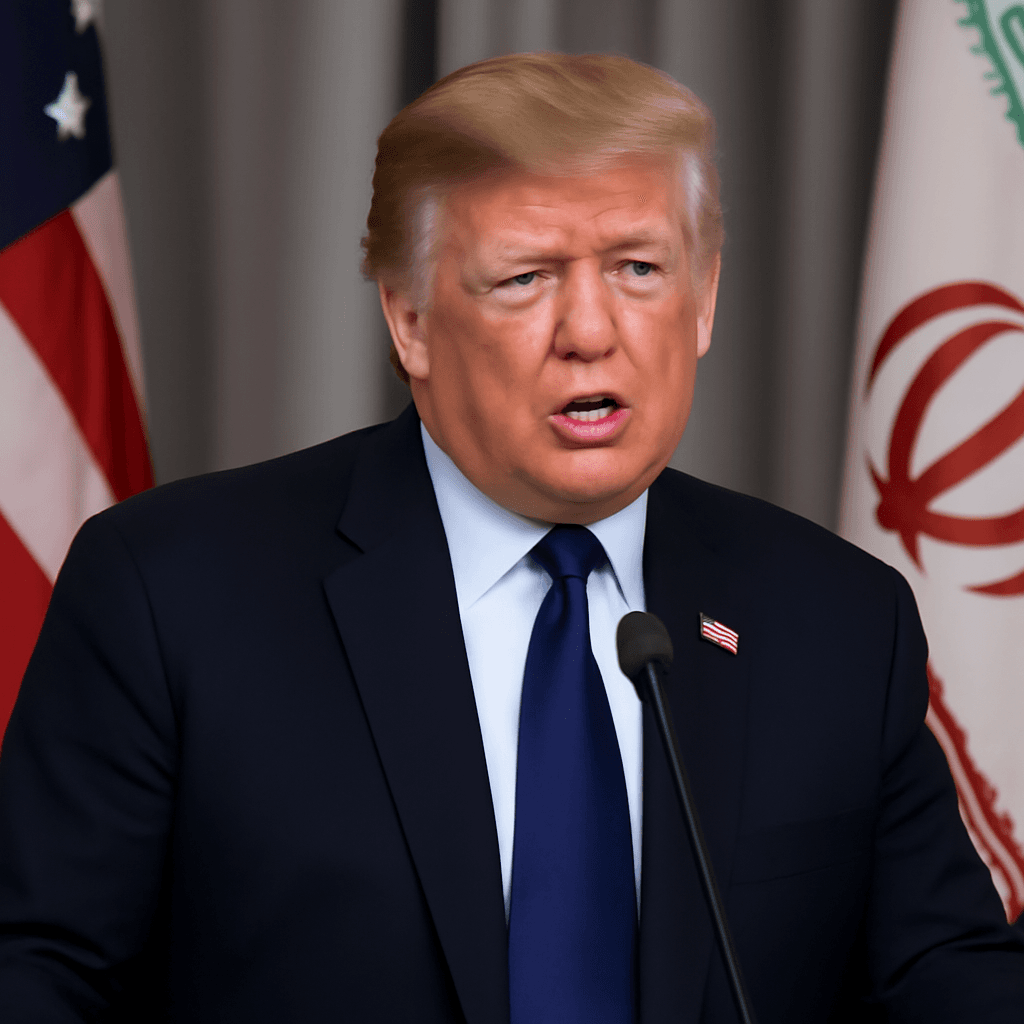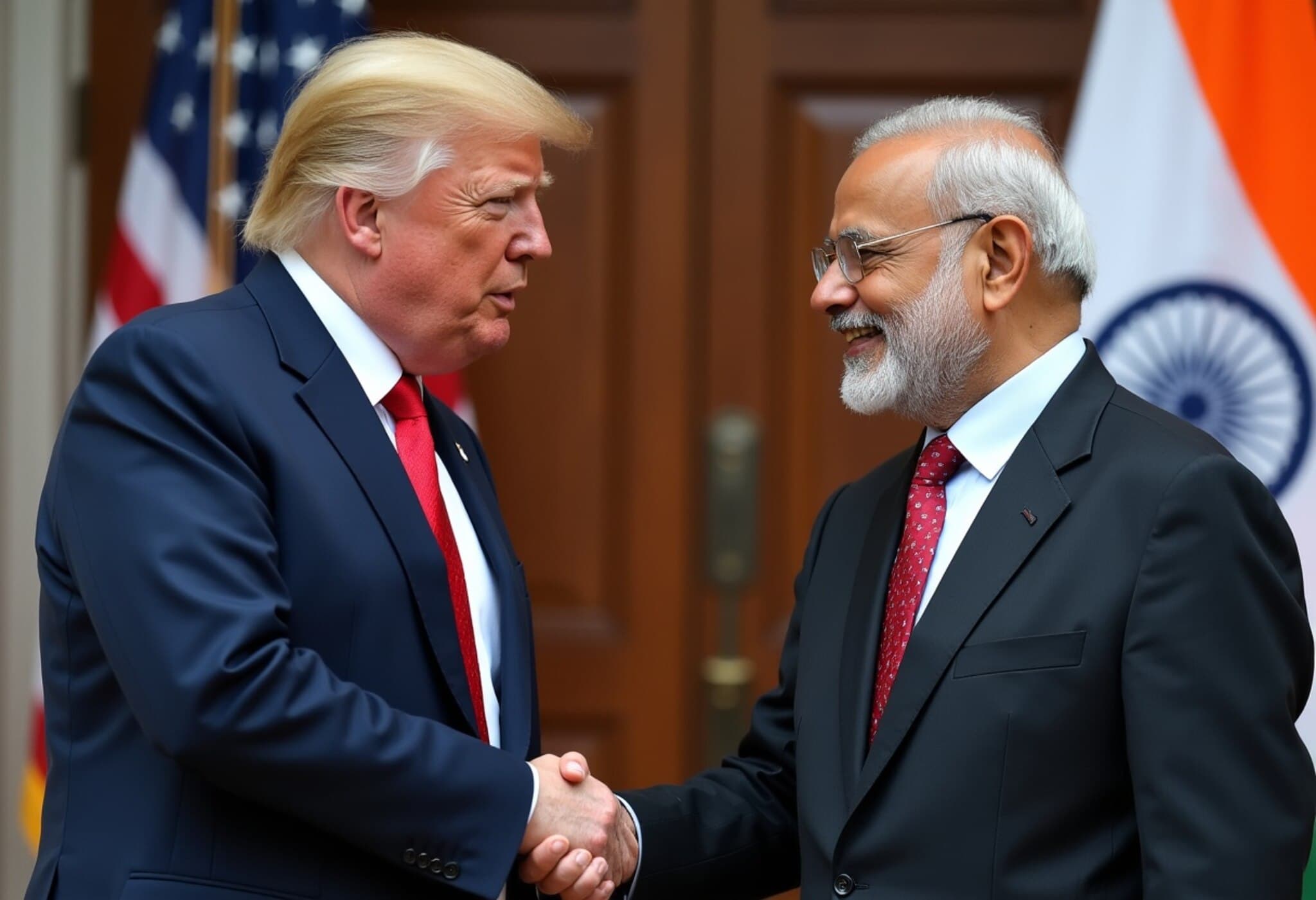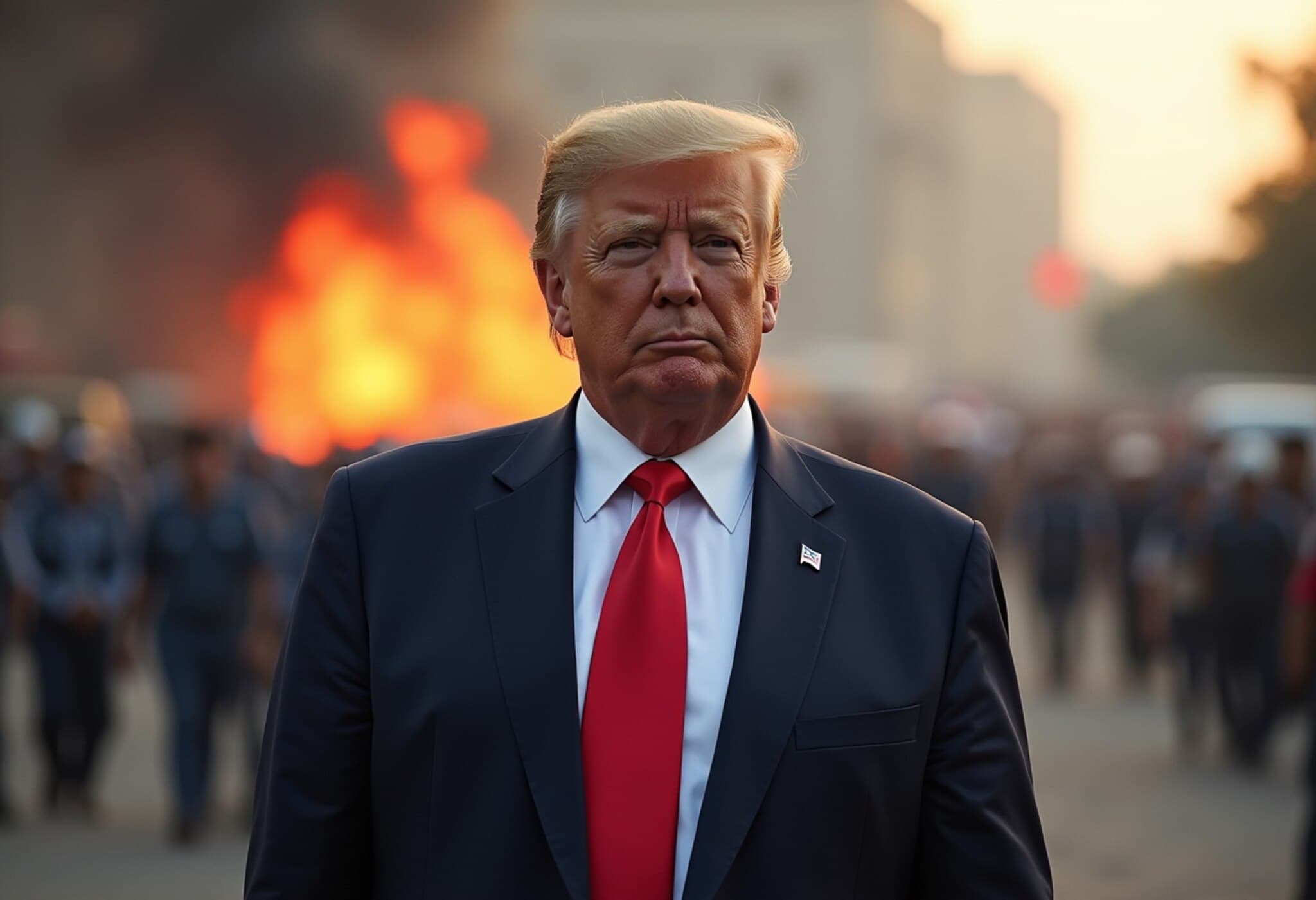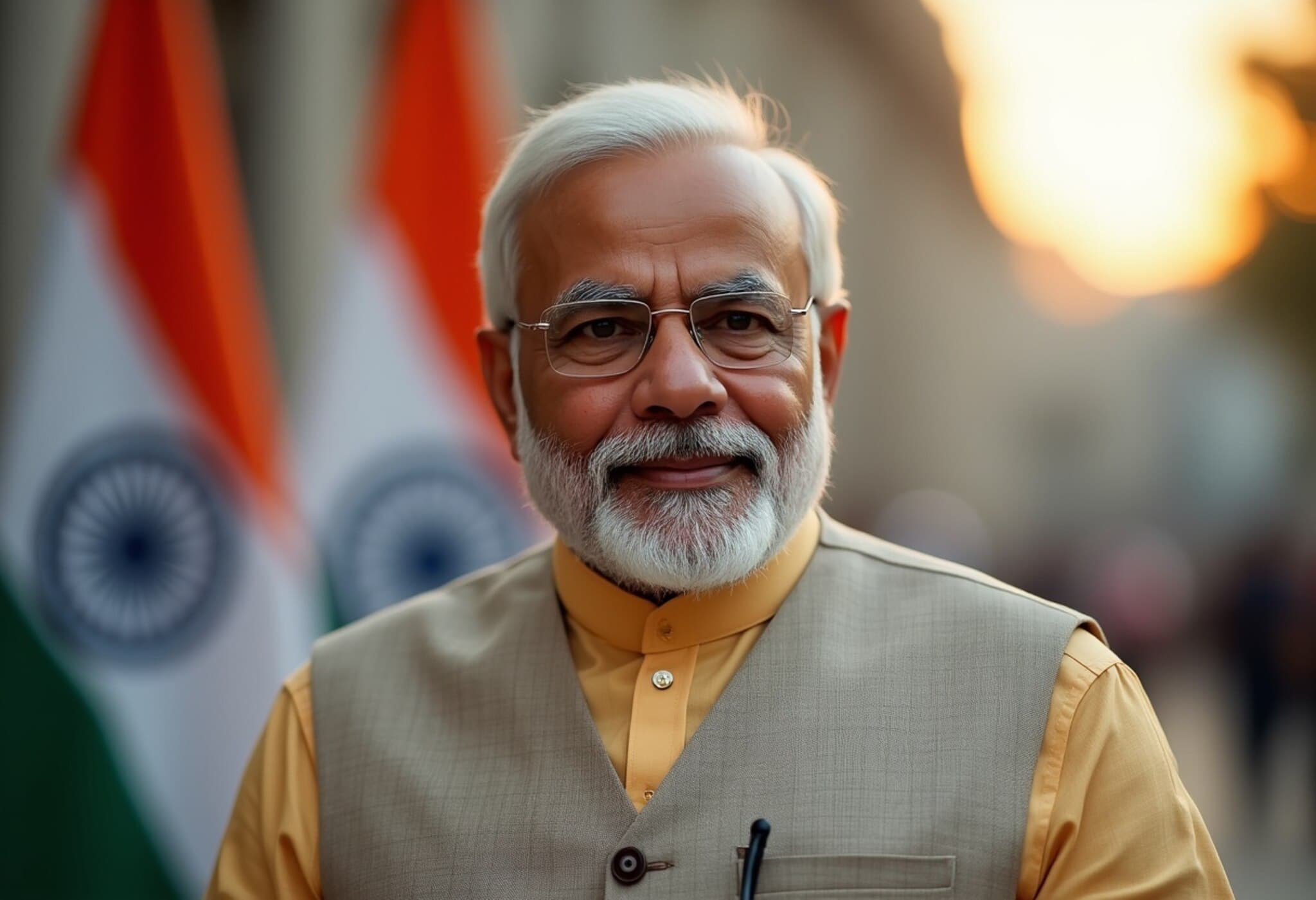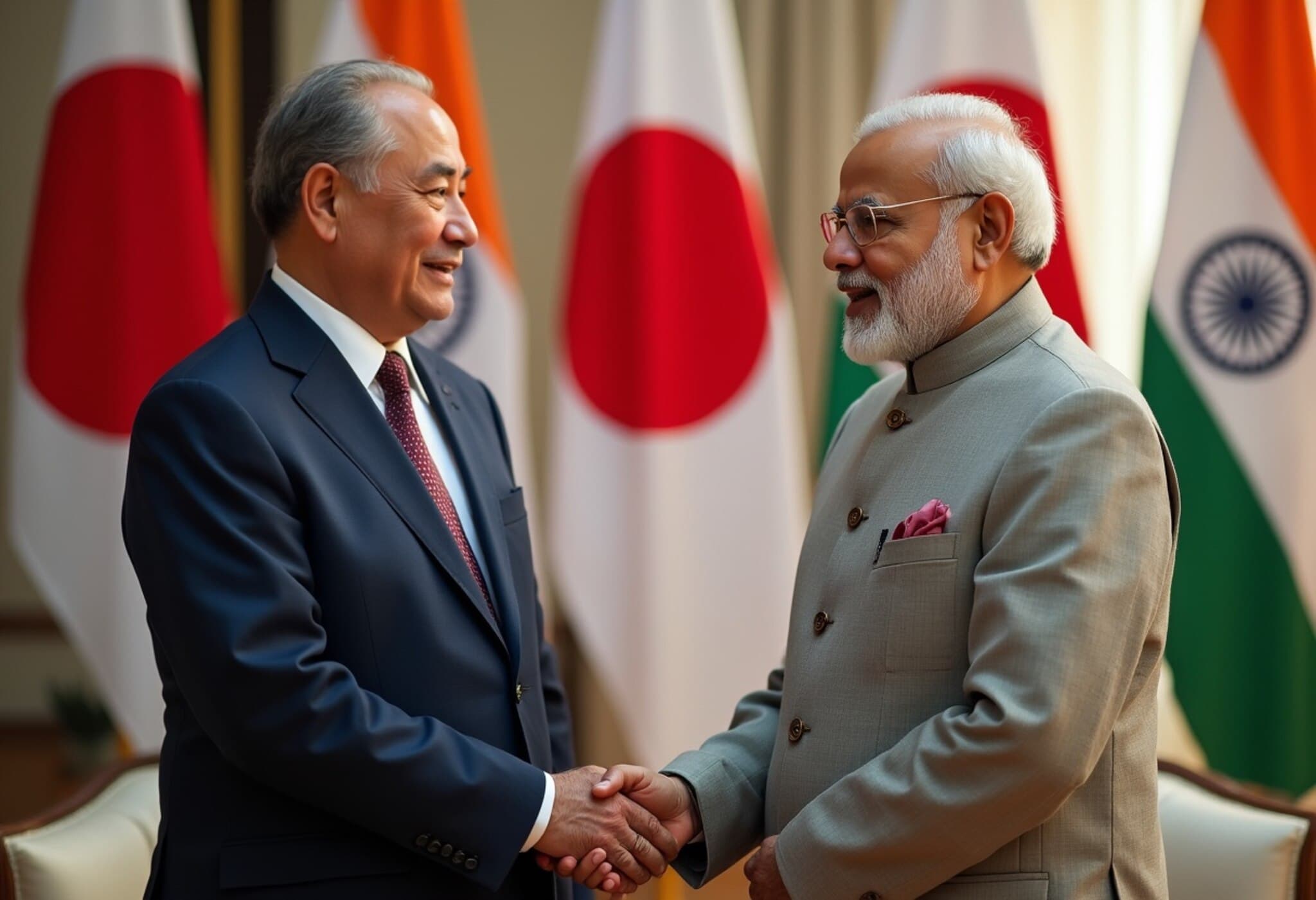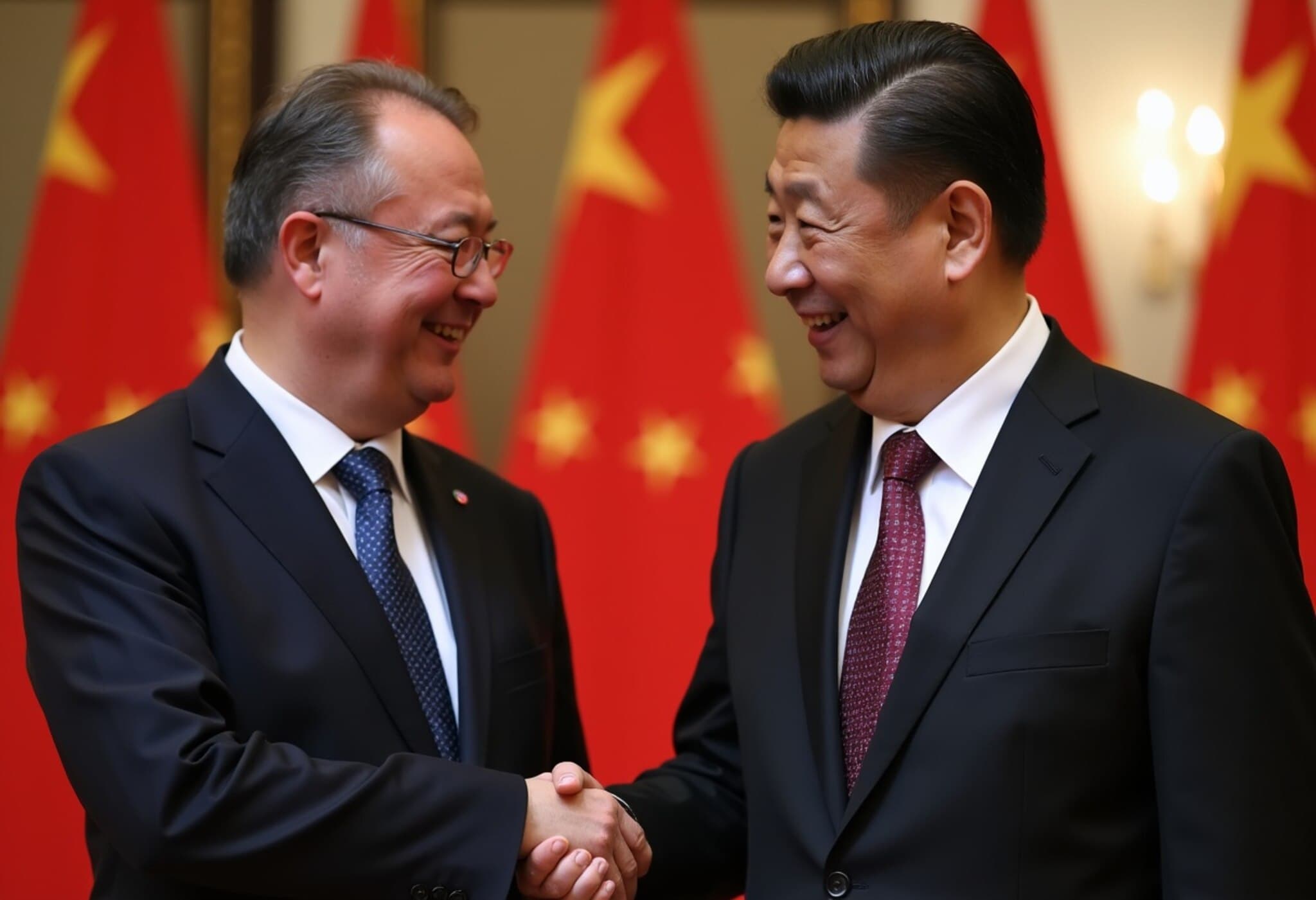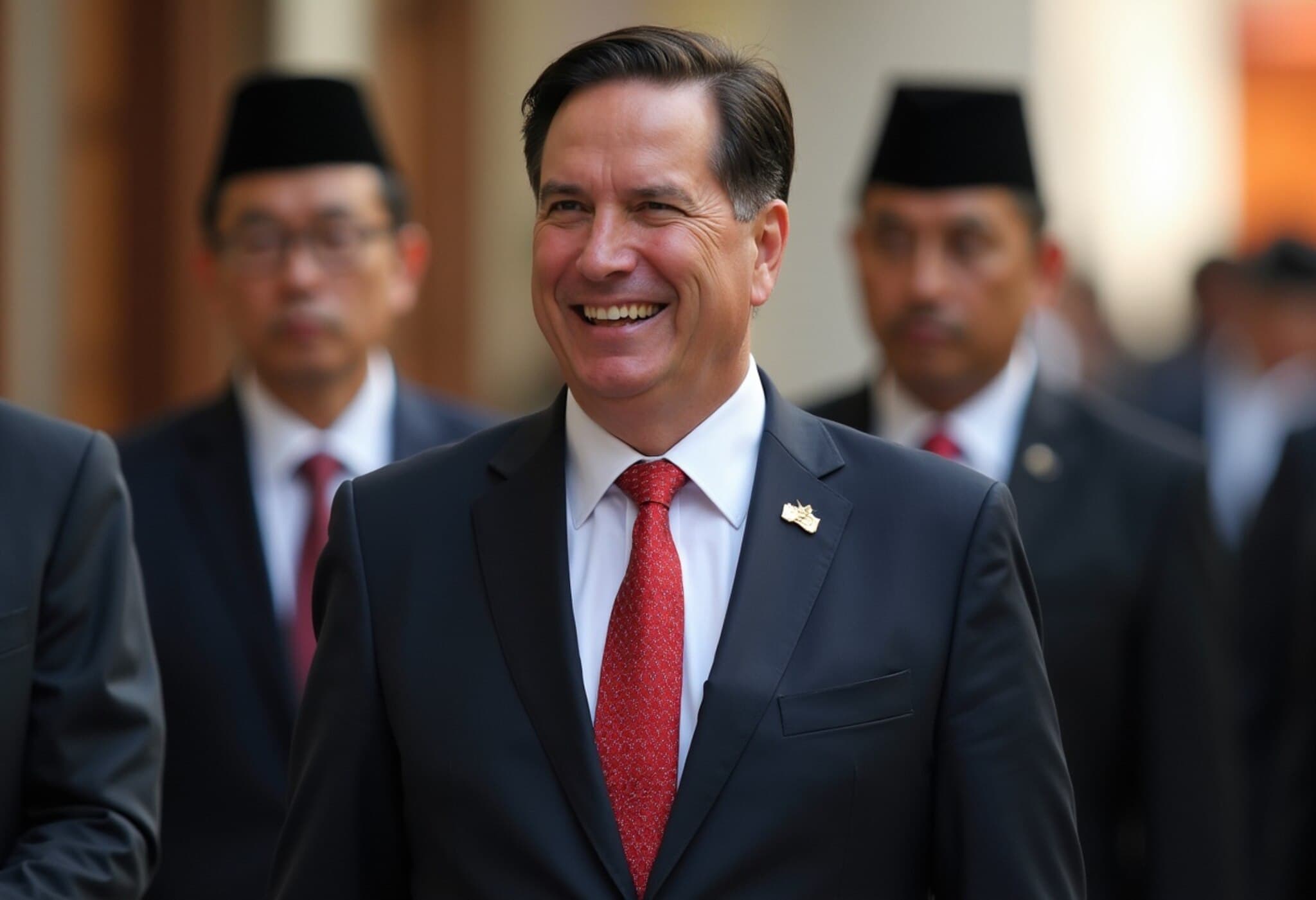India and Japan: A Strengthening Partnership in the Indo-Pacific
In a significant diplomatic and strategic development, India is intensifying its engagement with Japan, a move that signals a nuanced shift in New Delhi's Indo-Pacific policy. As Prime Minister Narendra Modi prepares for his upcoming visit to Tokyo, a series of high-level military exchanges between the two countries has brought bilateral ties to the forefront of India's regional strategy, raising questions about the evolving balance between multilateralism and bilateralism.
Recent Military Collaborations Highlight Deepening Security Ties
India’s Chief of Defence Staff, General Anil Chauhan, recently met with General Yoshida Yoshihide, Chief of Staff of Japan’s Self-Defense Forces, in Tokyo—a landmark engagement underscoring a maturing defense relationship. Shortly after, Indian Navy Chief Admiral Dinesh K Tripathi embarked on a four-day visit to Japan aimed at bolstering maritime cooperation. These high-profile exchanges reflect an expanded defense dialogue focusing on joint exercises, maritime security, and strategic coordination, a critical priority amid growing regional uncertainties.
PM Modi’s Visit: Cementing Strategic and Economic Bonds
Beyond defense, Prime Minister Modi’s forthcoming trip is poised to broaden bilateral collaboration into economic arenas, notably advancing the Mumbai-Ahmedabad high-speed rail project—a flagship initiative symbolizing the practical fruits of this partnership. This blend of military and economic cooperation is vital in a region where infrastructure, connectivity, and security are intertwined pillars of influence.
Multilateral Frameworks Complement Bilateral Flexibility
While India remains a committed member of the Quad—a strategic quadrilateral including the U.S., Japan, Australia, and India dedicated to ensuring a free and inclusive Indo-Pacific—the government’s recent remarks from the Ministry of External Affairs emphasize that the Quad “complements, not replaces,” India’s bilateral ties. Analysts view India’s enhanced Japan engagement as a pragmatic layering of relationships: using multilateral platforms for broad strategic alignment, while utilizing bilateral channels for more agile, focused cooperation.
Geopolitical Dynamics Driving New Alignments
This recalibration arises amidst a backdrop of shifting global dynamics. Trade tensions between India and the United States—with tariffs and sanctions complicating economic ties—are nudging New Delhi to diversify its partnerships. At the same time, Japan’s evolving security posture underlines a readiness to move beyond its traditional pacifism, seeking robust defense alliances to manage rising Indo-Pacific challenges.
India, having faced direct confrontations with China, such as the 2020 Galwan Valley clashes and the 2017 Doklam standoff, is motivated to cultivate stronger regional allies. Japan’s strategic ambitions and India’s security concerns create a natural partnership that fortifies the Indo-Pacific balance of power.
Why Bilateralism Matters in a Complex Indo-Pacific
- Flexibility and Speed: Bilateral agreements allow swift decision-making, tailored cooperation, and rapid deployment of joint initiatives, unlike broader multilateral forums that require consensus across many actors.
- Focused Defense Collaboration: Joint exercises, intelligence sharing, and technological development can proceed on priority areas with Japan, enhancing maritime domain awareness against common threats.
- Economic Synergy: Infrastructure projects like the high-speed rail deepen economic integration and provide tangible benefits, reinforcing diplomatic goodwill.
Looking Ahead: Indo-Japan Relations as a Pillar of Regional Stability
India’s diplomatic choreography reflects a sophisticated approach—balancing its Quad commitments while nurturing a robust bilateral axis with Japan. This strategy not only addresses immediate security considerations but also positions India as a key player in shaping an inclusive and resilient Indo-Pacific order. As Prime Minister Modi’s visit approaches, the world watches closely how this partnership may redefine regional power dynamics and contribute to a more stable and interconnected Asia.
Editor’s Note
This deepening Indo-Japanese engagement illustrates India’s layered strategy in an evolving Indo-Pacific landscape marked by uncertainty and strategic contestation. The interplay of multilateral alliances and bilateral partnerships reveals India’s pragmatic recognition that no single framework can address complex regional challenges. Readers are invited to consider how such diplomatic fluidity might influence broader global alignments, economic growth patterns, and the future security architecture in the Indo-Pacific.

